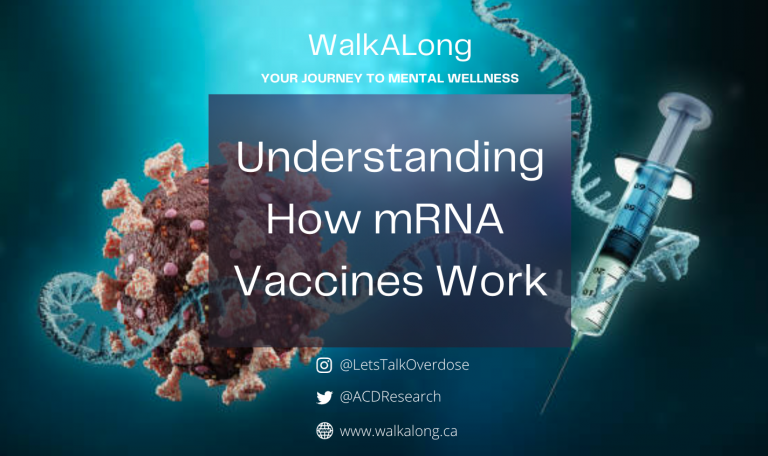Understanding How mRNA Vaccines work
Understanding How mRNA Vaccines work
Vaccine technology has come a long way, allowing us to benefit from different types of vaccines to prevent various diseases. This article will discuss one of the most awe-inspiring vaccine technology breakthroughs: messenger RNA (mRNA) vaccines. It is worthwhile to mention that two of the most popular COVID-19 vaccines, Pfizer-BioNTech and Moderna, are mRNA vaccines.
It Is All About Spikes!
What are spike proteins?
Spike proteins are protrusions on the outer envelope of the coronavirus. Spike proteins are essential because they allow the virus to interact and bind to specific surface proteins of our cells. As a result, the virus will gain access to enter the cell and ultimately infect it.
Spike proteins and mRNA vaccines
The main idea behind mRNA vaccines is to teach our immune system to identify and destroy spike proteins by first having our cells produce them. Such an idea may sound simple, but the actual mechanism has been in development for years. Perhaps the biggest obstacle was the high possibility that mRNA would be broken down by the body before entering our cells. Through a collective effort from scientific institutions around the globe, scientists found the genetic sequence responsible for the production of spike proteins. An mRNA molecule that carries the information required to produce these viral proteins is then introduced into the body. This provides our body cells to produce spike proteins without getting exposed to the virus. Naturally, the immune system recognizes this newly formed protein as a foreign molecule and will elicit a response to it. As a result, antibodies and memory cells will be formed, preparing the immune system to produce a faster and stronger response if the body gets exposed to the virus.
What happens to spike proteins and mRNA molecules after?
mRNA has specific structural features. Discussing such features will be beyond the scope of this article. The takeaway lesson is mRNA is easily broken down after cells have read its message and produced copies of spike proteins. As you might have guessed, mRNA is extremely fragile; otherwise, it would have been more difficult and lengthy for our cells to break it down and get rid of it. That is also why the necessity of storing mRNA vaccines at extremely low temperatures is necessary.
Here is an informative video if you are interested to know further about mRNA vaccines
https://www.youtube.com/watch?v=WOvvyqJ-vwo&t=215s&ab_channel=SimplyExplained


